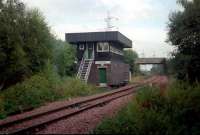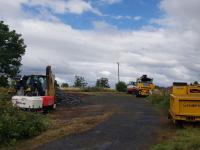Kincardine and Dunfermline Railway (North British Railway)
Introduction
This line is open between Dunfermline and the former Kincardine Pier.
The line's origins, at its west end, were in the Kincardine Branch (North British Railway) which ran from Kincardine Junction, on the Stirling and Dunfermline Railway, to Kincardine station and pier. At its east end the line struck off from the considerably older Charlestown Railway. Its opening closed a gap between these two lines and created a secondary route between Alloa and Dunfermline serving the small coastal villages.
For much of the length, from Torryburn to Kincardine, the line was built on an embankment south of the original shoreline. The land between the line and coastline was reclaimed using infill.
The railway gained more importance in time with the opening of Crombie Pier and Rosyth Dockyard and a depot at Kincardine. In particular, for many years, it served Kincardine Power Station and Longannet Power Station carrying huge tonnages of coal, especially after the line west of Kincardine Power Station closed and Longannet Mine.
Today the line sees infrequent use. A train building factory may be opened by Talgo at Longannet.
Dates
| / /1898 | Kincardine and Dunfermline Railway (North British Railway) Line authorised between Kincardine and Elbowend Junction. |
| 01/07/1906 | Kincardine and Dunfermline Railway (North British Railway) Line opened between Kincardine and Elbowbend Junction, contractor Robert McAlpine. |
| 07/07/1930 | Kincardine Branch (North British Railway) Kincardine and Dunfermline Railway (North British Railway) West of Fife Railway and Harbour Alloa [1st] (Kincardine Junction) to Dunfermline Lower via Culross closed to passengers. |
| /02/2003 | Kincardine and Dunfermline Railway (North British Railway) Coal import terminal near Longannet Power Station for Scottish Power proposed (Longannet Mine had closed the previous year). |
| /05/2008 | Longannet Mine Kincardine and Dunfermline Railway (North British Railway) Consideration of re-opening of the mine which is estimated to still have 40 years of workable coal and could be served by the Stirling-Alloa-Kincardine line. |
Locations along the line
These locations are along the line.
This junction allowed trains from the west (Alloa and Kincardine Junction direction) to enter the loops which served Longannet Power Station's Longannet Bunkers. Control was from Longannet Signal Box located at Longannet East Departure. The junction was location on a sea wall alongside the Firth of Forth.
...
See also
Longannet Power Station Loop (British Railways)
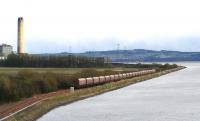
John Furnevel 30/05/2008

Bill Roberton 16/11/2009
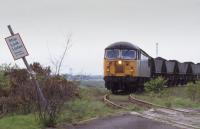
Bill Roberton 15/05/1994
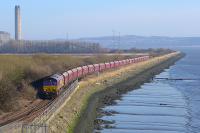
...
Bill Roberton 14/03/2016
Longannet siding was a loop and sidings at Longannet Point. It was later the site of the eastern arrival for the bunkers for Longannet Power Station.
...
See also
Longannet Power Station Loop (British Railways)

Ewan Crawford //
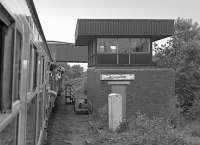
Bill Roberton //1992
...
More detailsThis was a short lived single platform station next to the car park at the west end of Culross. It was used for a passenger service into the Longannet Power Station site in 1992.
...
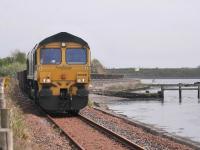
Bill Roberton 28/04/2022

...
Bill Roberton 15/08/2021
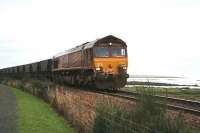
John Furnevel 10/01/2007

Brian Forbes 16/07/2007
Culross was a two platform station with a passing loop on a single track line. It was around a third of a mile east of the town. This section of line was built on the shore, with the land between the high water mark and railway embankment being reclaimed.
...

Robin Barbour Collection (Courtesy Bruce McCartney) 30/03/1964

Robin Barbour Collection (Courtesy Bruce McCartney) //

Robin Barbour Collection (Courtesy Bruce McCartney) //
This colliery was sunk by the Fife Coal Co Ltd at a site between Culross [1st] to the west and Torryburn to the east. The mine was on the north side of the line. It was laid out with an exchange yard to the west, accessed from the east from the main line. The mine sidings were to the east of the exchange yard. To the south of the main railway were tip sidings, approached from the ...
More details
Bill Roberton 28/04/2012
A single platform station on the south side of a loop. A goods yard was to the west, on the south side of the line and served from the west.
...
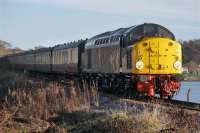
Bill Roberton 25/11/2023
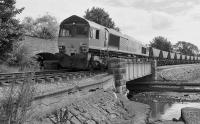
Bill Roberton //1999

Ewan Crawford //
...
More details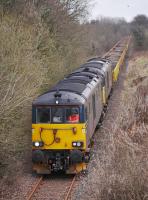
Bill Roberton 07/03/2021

Bill Roberton 25/08/2008

...
Bill Roberton 23/08/2009
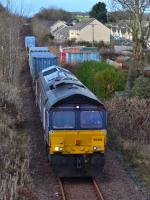
Bill Roberton 12/01/2019
...
More detailsThis junction was formed when the Charlestown and Dunfermline Railway was met by the 1866 West of Fife Railway and Harbour. Both lines were single track and the signal box (dating from 1894) was in the 'V' of the junction.
...
See also
West of Fife Railway and Harbour
Elgin Railway
Books
 Mining from Kirkintilloch to Clackmannan and Stirling to Slamannan |  Stirlingshire and Clackmannanshire's Lost Railways |










